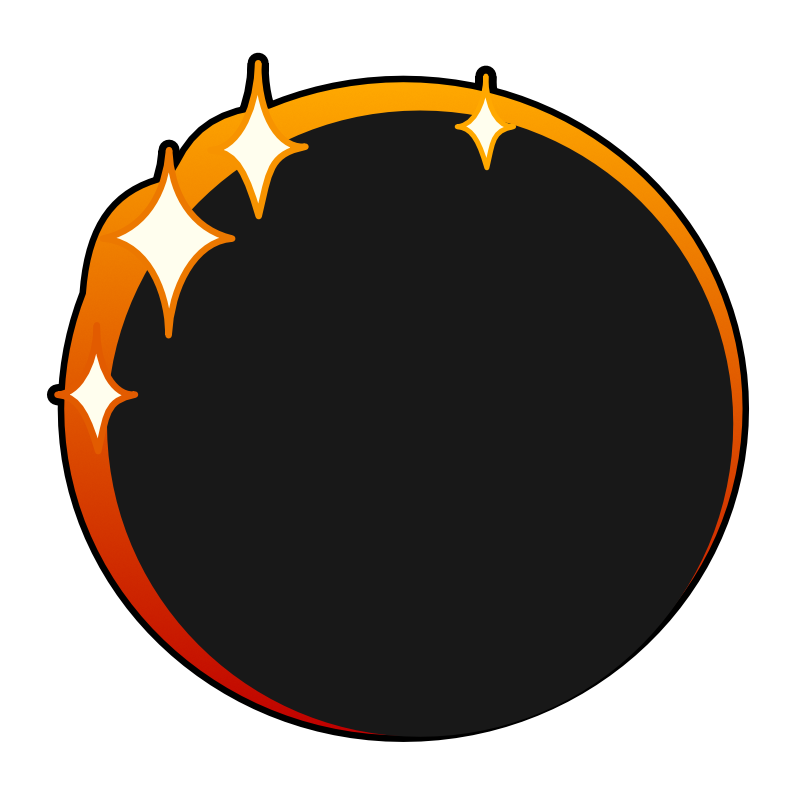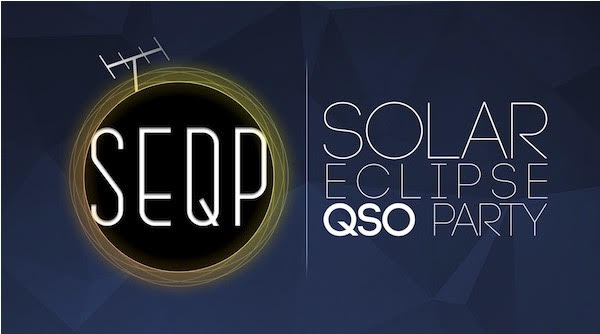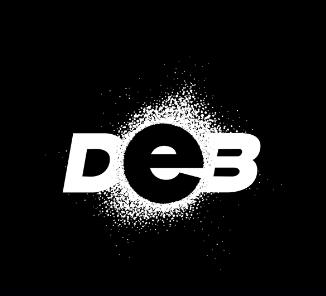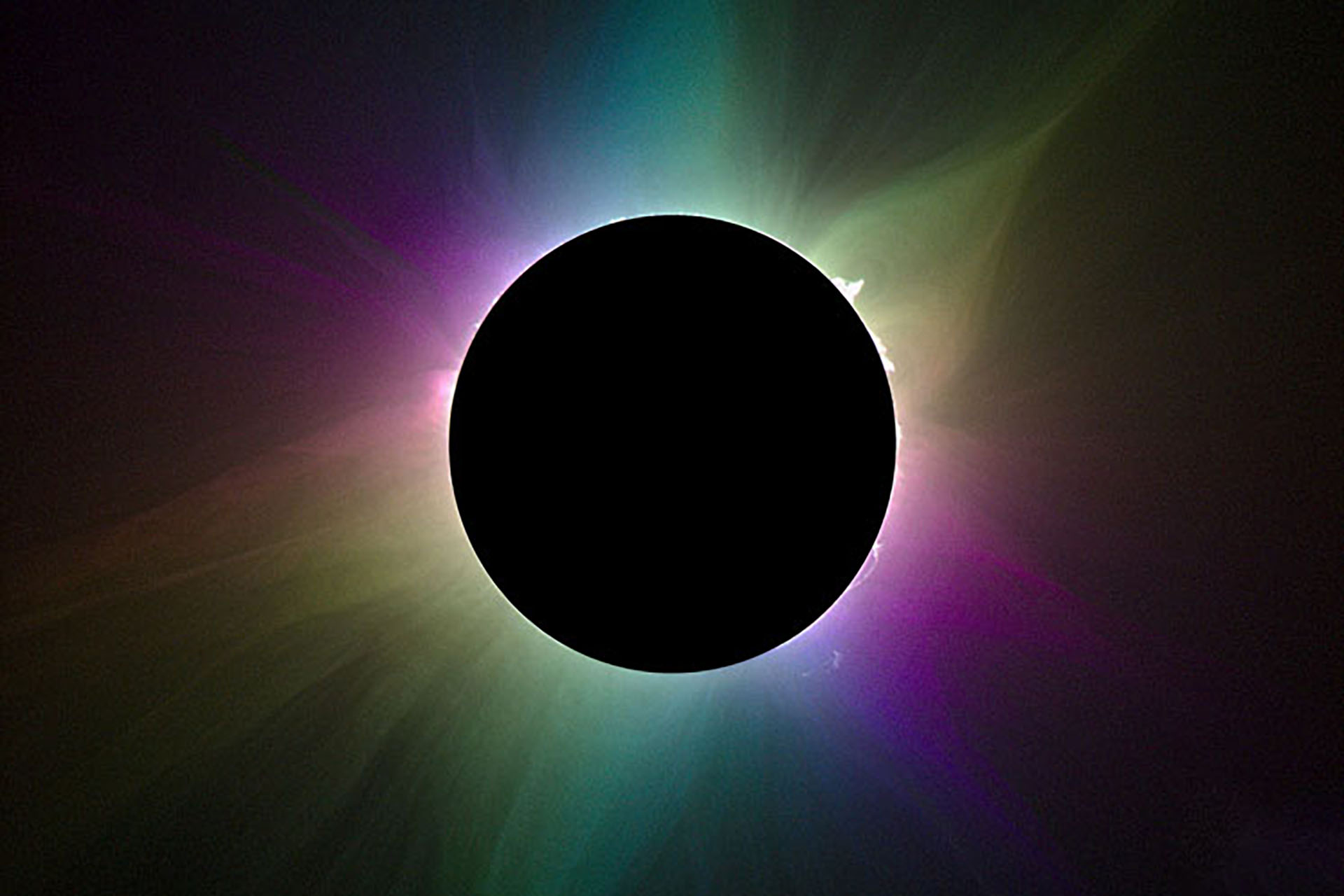Get Involved With Other Volunteer Projects
EM2024 is just one of many amazing projects bringing solar science and participatory science together for the April 2024 total solar eclipse. Here you will find information about the other projects that NASA has funded that will bring people together to do solar science.
Explore the full extent of participatory science projects by checking out NASA participatory science below:

SunSketcher
Another NASA funded project that seeks to do research involving volunteers from the general public is the SunSketcher app! You do not need to be a scientist to participate in their project, and you can do it with your smartphone alone. When you are in the path of the eclipse, the app is programmed to take a series of photographs of totality as it occurs. The app will require user consent to send images to the SunSketcher database with information about the time and location at which they were taken.

The HamSCI Festivals of Eclipse Ionospheric Science
HamSCI stands for Ham Radio Science Citizen Investigation. We will be actively engaged in both the October 14, 2023, annular solar eclipse and the April 8, 2024 total eclipse.
Two major solar activities in which HamSCI will be involved will be the Solar Eclipse QSO Party (SEQP) and the Gladstone Signal Spotting Challenge (GSSC) which are part of the HamSCI Festivals of Eclipse Ionospheric Science. Other experiments to be conducted include the Time Delay of Arrival (TDOA) experiment, the Very Low Frequency (VLF) Reception Exercise and the Medium Wave Recordings Event. Members of HamSCI, along with the ham radio community, will be creating data for researchers by transmitting, receiving, and recording signals across the high frequency (HF) spectrum.
Upon analysis, the data should inform researchers how the ionosphere reacted to the eclipse. The data will be compared to existing computer models of the ionosphere, potentially improving the accuracy of those models. Researchers will also be looking at how the ionosphere’s refractive properties varied during the beginning and ending phases of the eclipses.
HamSCI was formed to encourage collaboration between radio amateurs and scientists. It has three guiding principles: to advance scientific research and understanding through amateur radio activities; to encourage the development of new technologies to support this research; and to provide educational opportunities for the amateur community and the public. Based upon those principles, HamSCI engages with the scientific community, the radio amateur community and the participatory science community.

DEB
The Dynamic Eclipse Broadcast (DEB) Initiative is a collaborative scientific effort to study the Sun’s inner corona – its lowest atmosphere – which is only visible during a solar eclipse. You can join a volunteer solar observation team and help solar scientists investigate the interactions between the Sun’s surface and its corona–-measuring the velocity of material in polar plumes, coronal streamers, and solar mass ejections.

CATE
In collaboration with about 40 teams of citizen scientists, Citizen Continental-America Telescope Eclipse (CATE) will make polarized observations of the Sun’s corona during the 2024 total solar eclipse as it crosses the United States from Texas to Maine. These relay teams of trained volunteers with identical telescopes along the eclipse path will allow us all an extended observation of the lower to middle corona.
